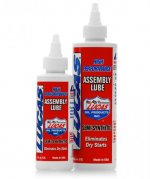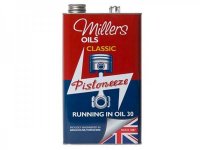BN6
Member
Offline
Anyone got the best way of breaking/running in a newly rebuilt Healey 3000 engine, to be run off the car first.
What are the best recommended lubricants for the breaking/running in period.
How long would the breaking/running in period be off the car.
I am going to run it off the car incase of any issues that may develop, leaks, changes, adjustments etc. etc.
What are the best recommended lubricants for the breaking/running in period.
How long would the breaking/running in period be off the car.
I am going to run it off the car incase of any issues that may develop, leaks, changes, adjustments etc. etc.

 Hi Guest!
Hi Guest!

 smilie in place of the real @
smilie in place of the real @
 Pretty Please - add it to our Events forum(s) and add to the calendar! >>
Pretty Please - add it to our Events forum(s) and add to the calendar! >> 




